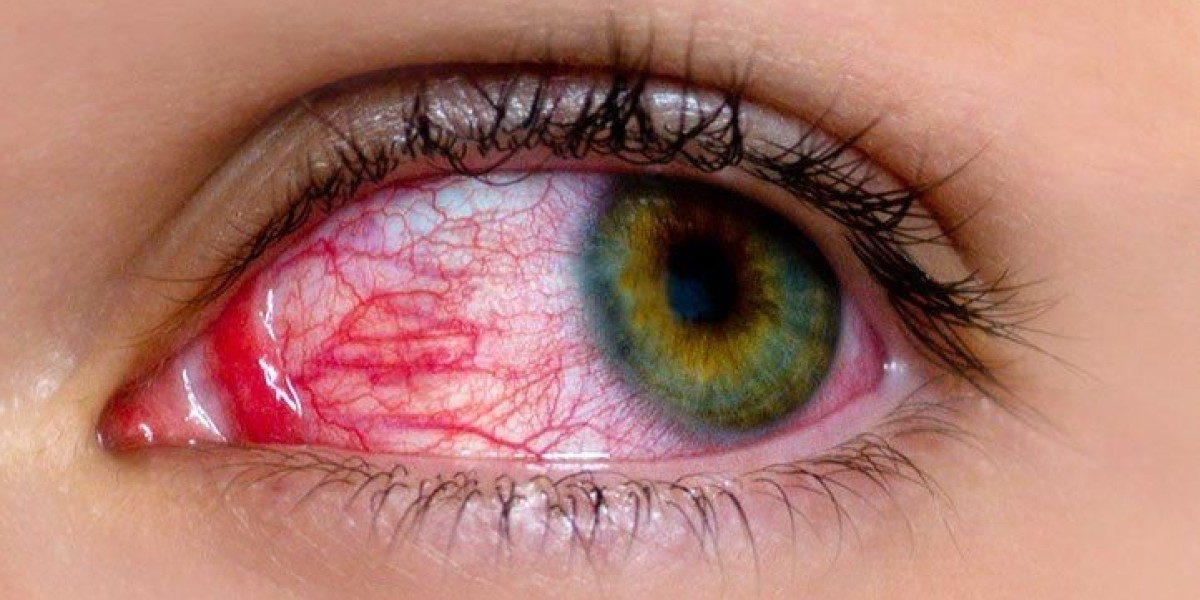Understanding Pink Eye
Pink eye, also known as conjunctivitis, is an inflammation or infection of the conjunctiva. The conjunctiva is a thin, transparent tissue that lines the inner surface of the eyelid and covers the white part of the eye.
There are several types of pink eye, including:
Viral Conjunctivitis: This is the most common form of pink eye and is usually caused by a viral infection, such as the common cold or flu. It is highly contagious and can easily spread from person to person. Viral conjunctivitis typically starts in one eye and may spread to the other eye within a few days. It can cause redness, itching, tearing, and watery discharge.
Bacterial Conjunctivitis: Bacterial infections, often caused by bacteria such as Staphylococcus or Streptococcus, can also lead to pink eye. Bacterial conjunctivitis usually affects both eyes and results in a sticky, yellow, or greenish discharge. It may be accompanied by redness, swelling, and crusting of the eyelids.
Allergic Conjunctivitis: This type of pink eye is caused by an allergic reaction to substances like pollen, dust mites, pet dander, or certain medications. It affects both eyes and can cause itching, redness, swelling, and excessive tearing. Allergic conjunctivitis is not contagious.
Pink eye can also result from other causes such as irritants (e.g., chemicals, smoke), contact lens wear, or underlying conditions like dry eye syndrome or autoimmune disorders.
Treatment Options for Pink Eye
The pink eye treatment options or conjunctivitis, depend on the underlying cause of the condition. Here are the common treatment approaches for different types of pink eye:
Viral Conjunctivitis:
Viral conjunctivitis typically resolves on its own within one to two weeks without specific treatment.
To alleviate symptoms, you can use over-the-counter lubricating eye drops or artificial tears to relieve dryness and discomfort.
Applying cool compresses to the affected eye can help reduce swelling and soothe the eye.
It is important to practice good hygiene, such as frequent handwashing and avoiding touching or rubbing the eyes to prevent the spread of the infection.
Bacterial Conjunctivitis:
Bacterial conjunctivitis is often treated with antibiotic eye drops or ointments prescribed by a healthcare professional.
Follow the instructions provided by your doctor regarding the frequency and duration of using the antibiotic medication.
Applying warm compresses to the eyes can help alleviate symptoms and provide relief.
It is crucial to complete the full course of antibiotics, even if symptoms improve, to ensure the infection is fully cleared.
Allergic Conjunctivitis:
Allergic conjunctivitis is usually managed by avoiding the allergen(s) that trigger the condition.
Over-the-counter antihistamine eye drops can provide relief from itching, redness, and swelling. Consult a pharmacist or healthcare professional for appropriate options.
Cold compresses can help soothe the eyes and reduce inflammation.
If allergies are severe or persistent, a healthcare professional may prescribe stronger medications such as oral antihistamines or topical corticosteroids.
It's important to note that self-diagnosis and self-medication may not always be accurate or effective. If you suspect you have pink eye or are experiencing persistent or worsening symptoms, it is advisable to consult a healthcare professional or an eye care specialist for an accurate diagnosis and appropriate treatment recommendations.








